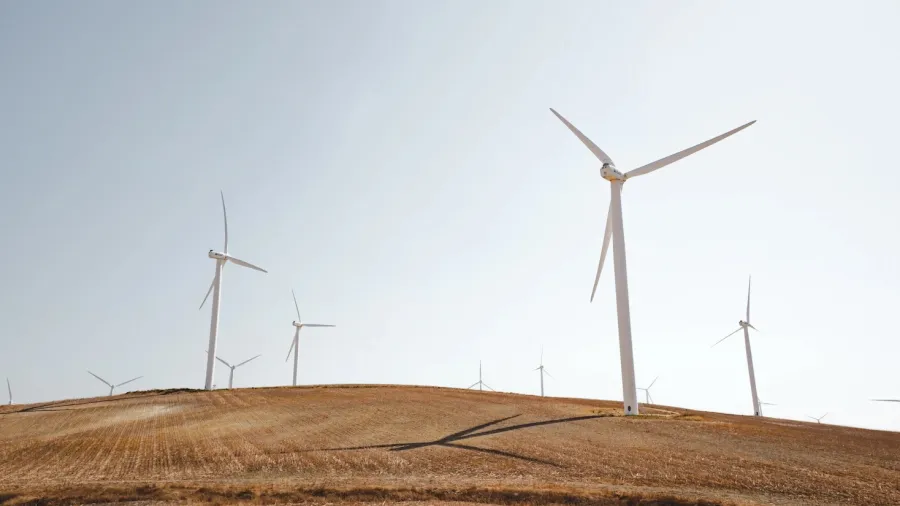
MENA renewable capacity rose to 57% but lags from hydrogen and gas
MENA needs 20 times the capacity to replace the region’s gas-fired generation.
The Middle East and North Africa (MENA) markets have added 6.9 gigawatts (GW) to their overall large utility-scale solar and wind capabilities, growing their renewables capacity by past 57%.
The region holds a catalogue of large utility-scale solar and wind capacity of 361 GW. 9 GW of renewable energy is set to be completed by the end of 2024, spurring a continuous growth rate.
United Arab Emirates (UAE), Oman, and Morocco are set as the potential renewable leaders in the region by the number of their large utility-scale solar and wind projects, and estimated project capacity.
ALSO READ: Singapore to launch programme to reduce power consumption in households
Even as the region is in position for a comprehensive energy transition, its renewables capacity trails behind the region’s peers. South America brought online an estimated 32 GW, four times the capacity over the same period and Brazil added over 14 GW of large utility-scale solar and wind.
Over MENA, other energy sources outplay renewables. Green hydrogen production is allotted for over half of MENA’s prospective capacity, despite the environmental risk.
Gas, meanwhile, remains superior, with 18 of 23 countries in the region planning expansions of gas and oil power plants.
Significant changes are required to ensure a smooth energy transition over the MENA region, such as 500 GW of additional solar and wind and 19 GW of facilities each year to achieve carbon neutrality by 2050.



















 Advertise
Advertise






